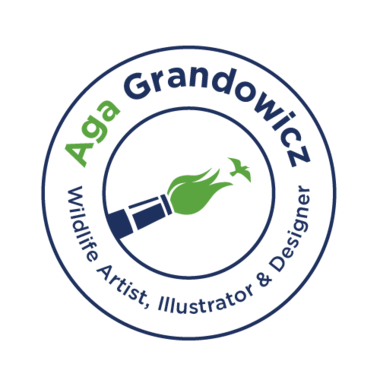The Eurasian curlew (Numenius arquata), is a large wading bird that can be found in a wide range of habitats, from coastal areas to upland moors and even farmland. They are most commonly seen in Europe, but can also be found in parts of Asia and Africa. They are part of the family Scolopacidae, which includes sandpipers, godwits, and other wading birds.
One of the most striking things about the Eurasian curlew is their long, curved bill. This bill is used to probe the mud and soil for invertebrates, which make up the bulk of their diet. They are known to eat a variety of creatures, including worms, snails, and insects. They also feed on small fish and crustaceans in coastal areas.
Eurasian curlews are migratory birds, and their range can extend as far north as the Arctic Circle during the breeding season. They typically breed in wetland areas, building nests on the ground among vegetation. The female lays between 3 and 6 eggs, which both parents incubate for around 28 days.
Once the chicks hatch, they can walk and feed themselves within a few hours. However, they are still vulnerable to predation and must be protected by their parents until they can fly. This takes around 30 days, after which the family unit will begin its migration to wintering grounds in warmer climates.
Unfortunately, Eurasian curlew populations have declined in recent years due to habitat loss, hunting, and other factors. Conservation efforts are underway to protect these birds and ensure their survival for generations to come.
If you're interested in seeing Eurasian curlews in the wild, there are a number of nature reserves and birdwatching sites where they can be observed. Many of these locations offer guided tours and educational programs to help visitors learn more about these fascinating creatures and their important role in the ecosystem.
If you're based in Ireland, you can follow Birds Watch Ireland to stay up to date with their conservative work related to curlew and many other bird species. Curlew in particular is monitored in Ireland by Irish Wetland Bird Survey.
To learn more about this and some other Irish endangered animal species, get a copy of Aga Grandowicz's 'Remarkable Creatures: a guide to some of Ireland’s disappearing animals', published by Natural World Publishing.

